7 superfood to boost any child’s diet

“Superfood” are packed full of nutrients that have wide-ranging health benefits. Some critics think it’s misguided to focus on only a handful of healthy foods, but nobody argues that these foods pack a powerful nutritional punch.
Bottom line? Even if you can only wrangle one of these onto your kid’s plate, you’re doing good — and you may initiate a food habit that will help your child’s health throughout her life.
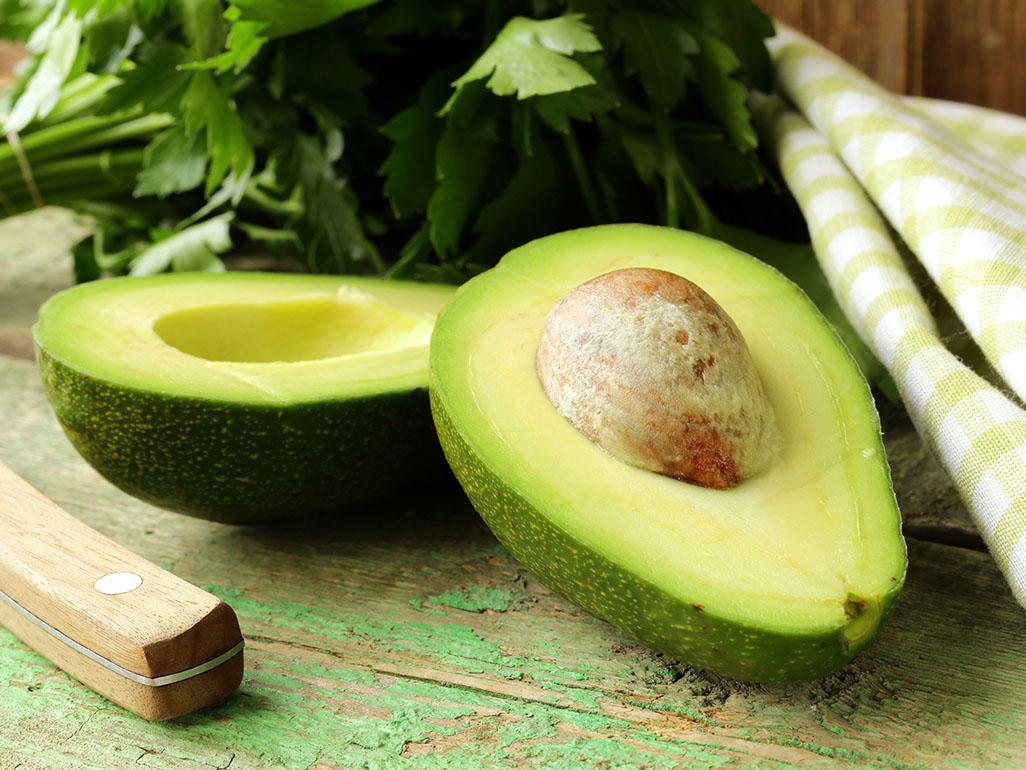
Avocados
Avocados are the only fruit with monounsaturated “good” fats that may lower “bad” LDL cholesterol, which can harm the heart. The avocado is also a super source of soluble fiber, which helps prevent constipation. And it’s full of vitamin E, which scientists think may help to prevent cancer.
“Try mashing avocado with a little lime or lemon juice and yogurt and using it on quesadillas or tacos — or as a dip for raw vegetables,” suggests Jessica Seinfeld, author ofDeceptively Delicious: Simple Secrets to Get Your Kids Eating Good Food.
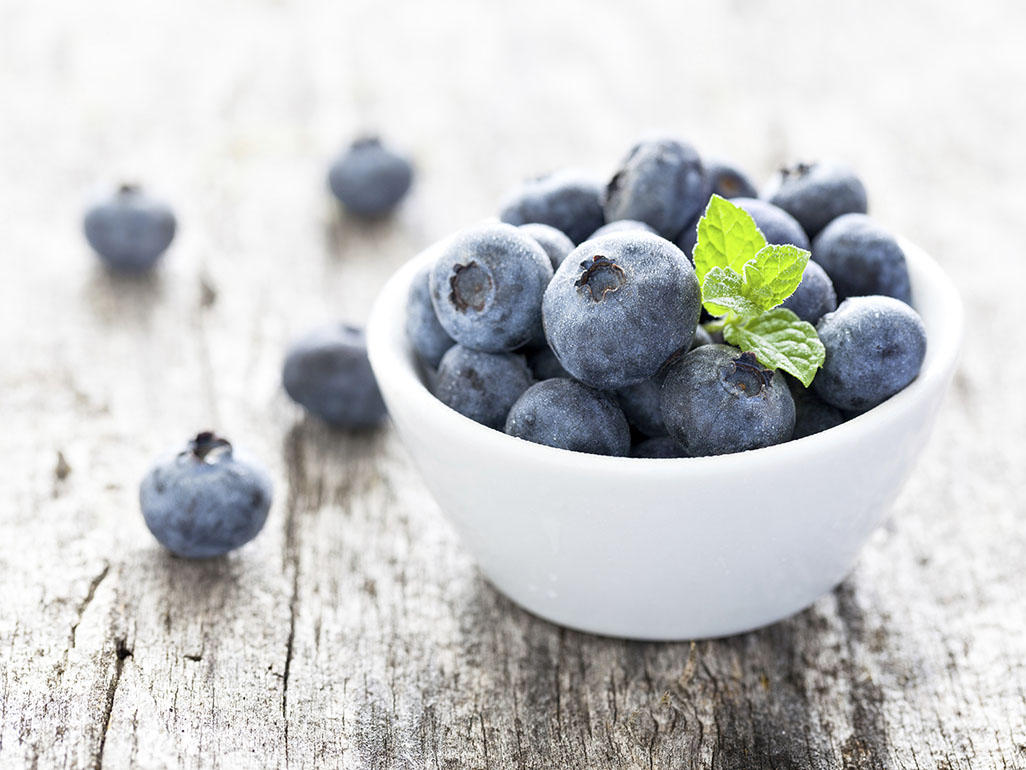
Blueberries
Loaded with vitamins, minerals, and antioxidants (substances that sometimes slow the body’s release of cell-damaging chemicals), blueberries may help lower cholesterol, sharpen memory, and fight certain cancers. Whether fresh or frozen, these little fruits offer big health benefits.
“I make a purple puree filled with blueberries and spinach that I add to tacos, burgers, pancakes, cookies, and brownies,” says Missy Chase Lapine, author ofThe Sneaky Chef: Simple Strategies for Hiding Healthy Food in Kids’ Favorite Meals. “Wild, organic, frozen blueberries are one of the most versatile nutrient-rich foods you can disguise in dishes.”
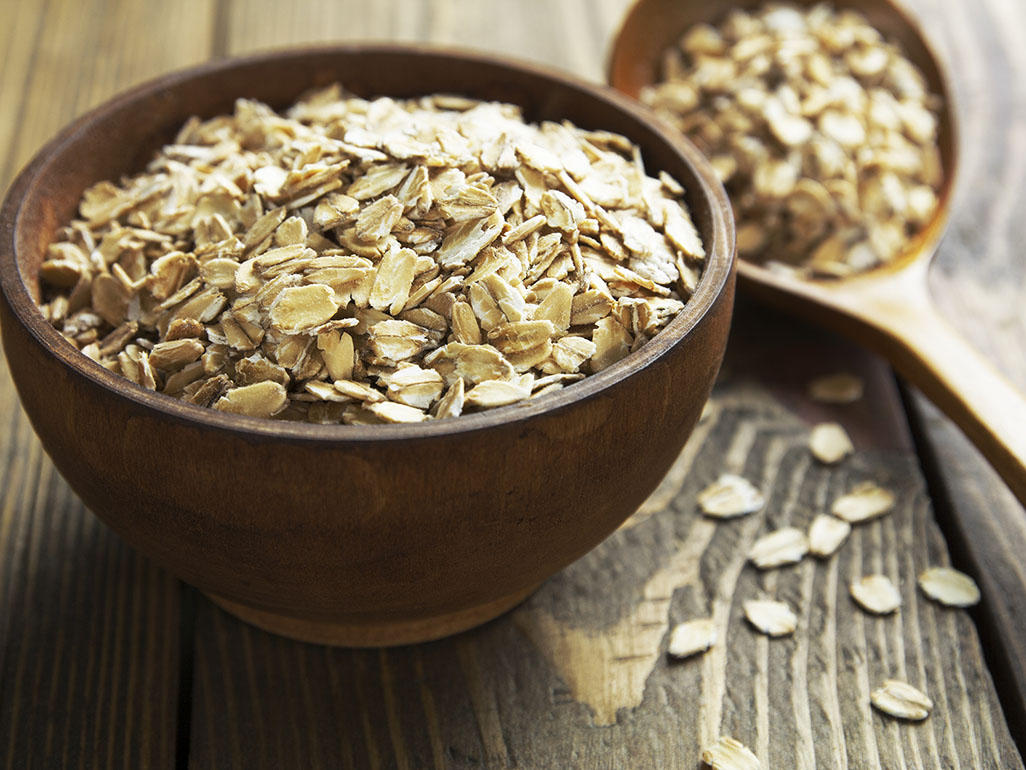
Oats
These mild-tasting whole grains prevent blood sugar spikes and crashes, keep you feeling full longer, and help your body get rid of bad cholesterol.
“Serve oatmeal for breakfast,” says Chase Lapine. “The old-fashioned rolled oats, not the quick-cooking kind, because they offer more fiber and longer-lasting energy. Cook them in milk, rather than water, and top with blueberries for a well-balanced start to the day.”
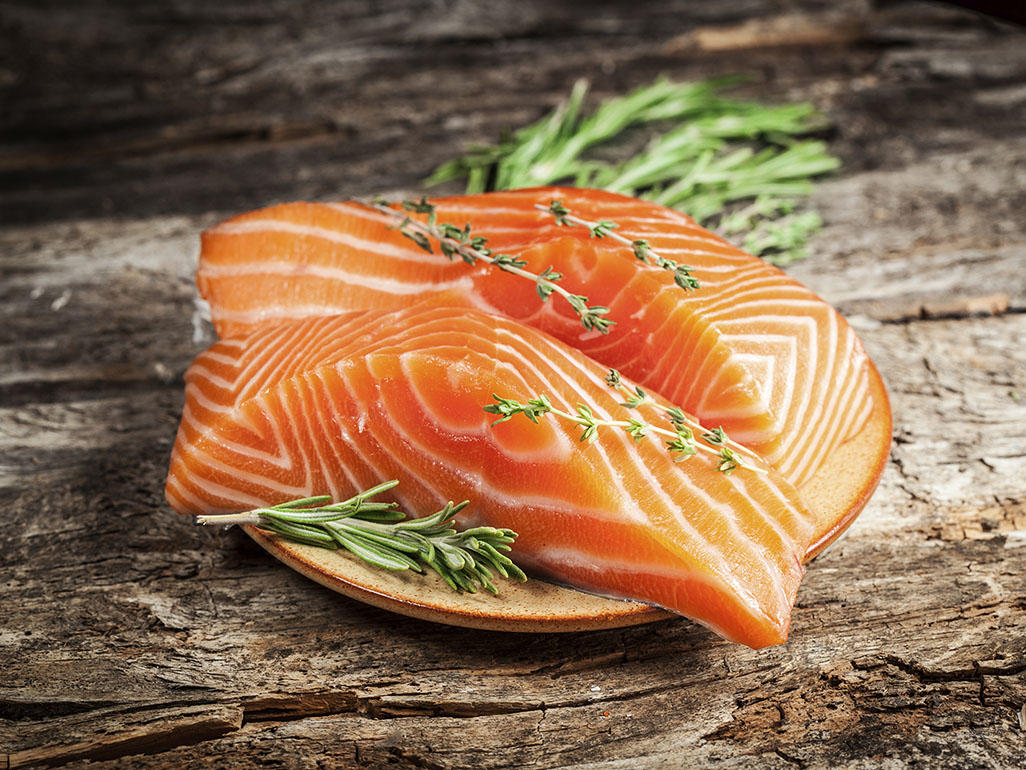
Salmon
This cold-water fish contains healthful fats known as omega-3s that can lower the risk of heart disease. These nutrients may also help improve mood and prevent memory loss.
“Make your own fish fingers,” recommends chef and author Jennifer Iserloh. “Choose wild salmon to reduce your child’s exposure to toxic substances such as PCBs and mercury. Adults enjoy these lightly crumbed strips too.”
Simply take 1 pound of wild salmon filets and cut fish into strips. Dip in slightly beaten egg whites, then into a bread crumb and cornmeal mixture seasoned with a little grated Parmesan, salt, pepper, paprika, and garlic and onion powder. Cook over medium heat in a lightly oiled pan.
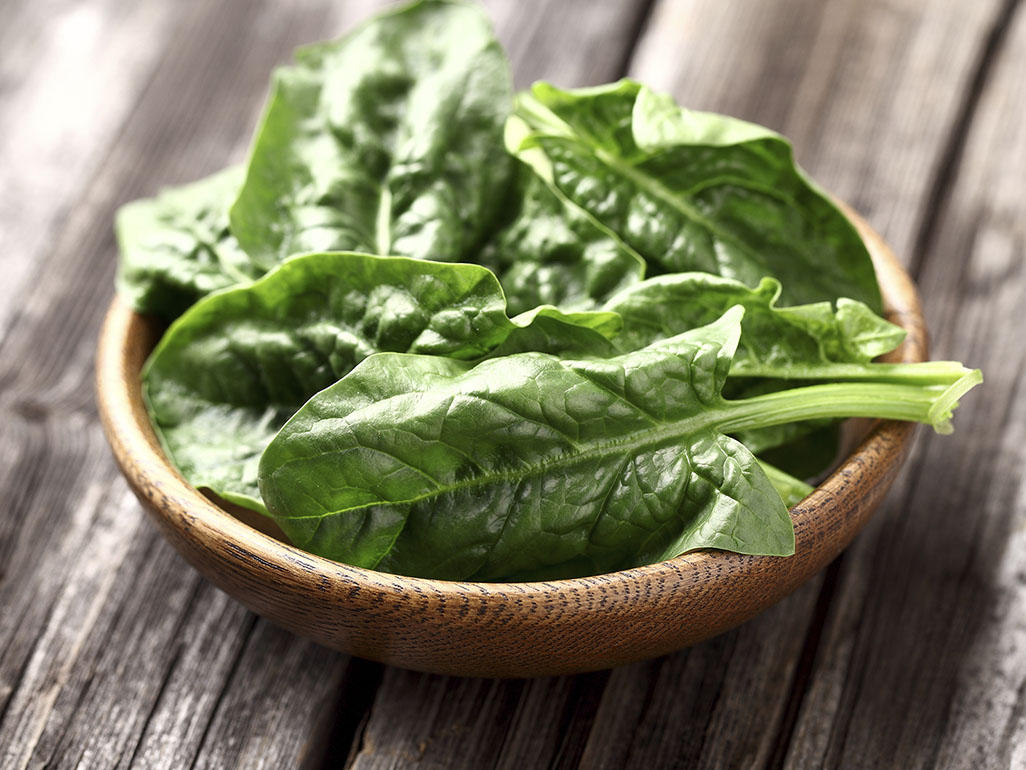
Spinach
Spinach is an excellent source of iron, calcium, folic acid, and vitamins A and C – all great for growing bones and brains.
“This versatile vegetable has a mild flavor and cooks in a flash,” notes Iserloh. “Stir it into hot soups, toss it into your tomato sauce, and tuck it into quesadillas.”
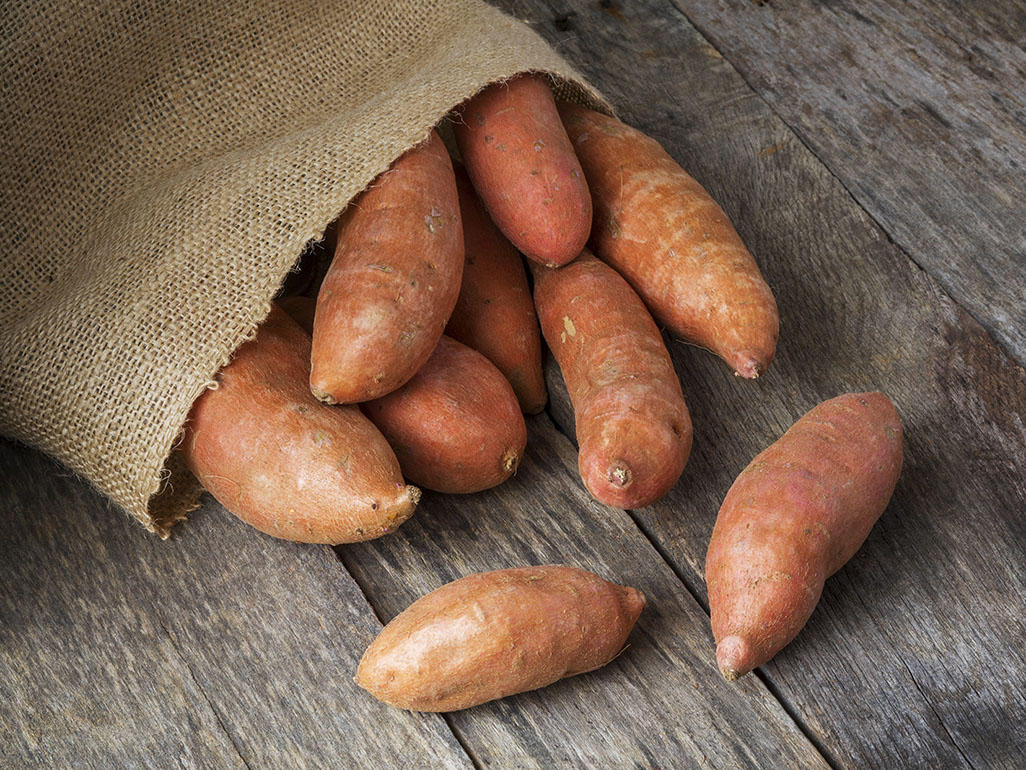
Sweet potatoes
Sweet potatoes are packed with vitamins B, C, and E as well as calcium, potassium, and iron, They’re also rich in complex carbohydrates and fiber, which keeps digestion moving along.
“Sweet potatoes are good at preventing a sugar crash, thanks to those complex carbs,” says Chase Lapine. “They also add a subtle sweetness to sneaky recipes and work hard to cut the acidity of tomato that some kids dislike in pasta sauces.”
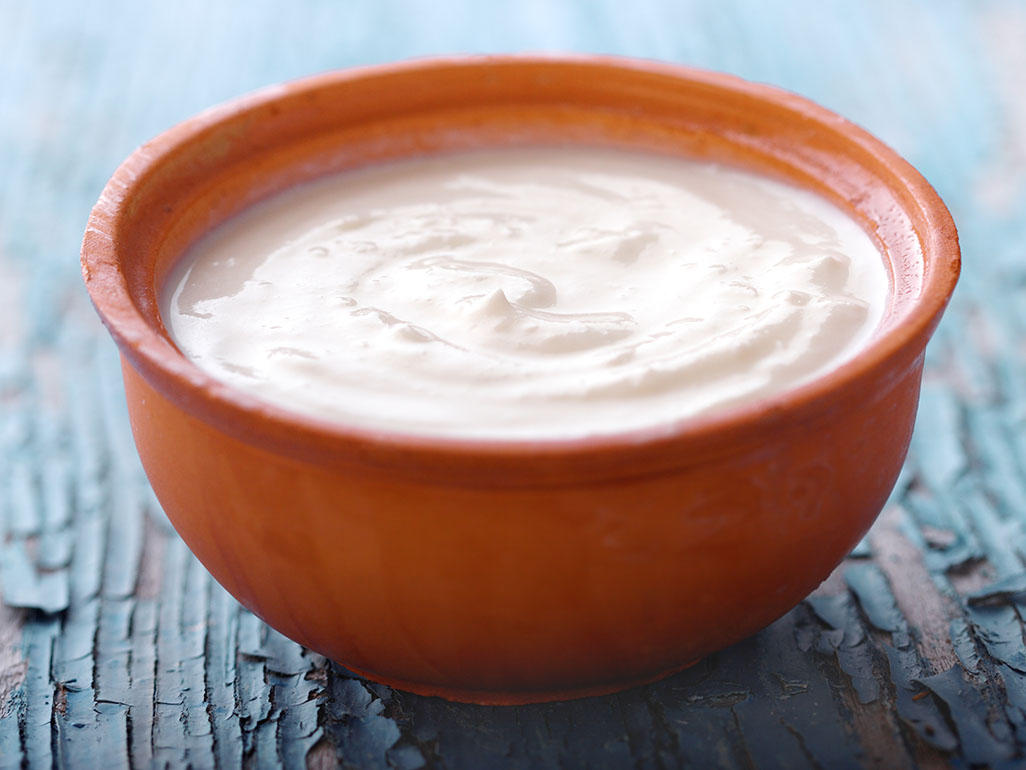
Yogurt
Rich in calcium and a good source of protein, yogurt helps build strong bones and teeth. It may also aid digestion and fight bad bacteria in the gut.
“Buy plain low-fat yogurt and add your own fresh or frozen fruit to it,” recommends Iserloh. “That way, you’ll avoid the sugar that’s in flavored yogurts. It’s so creamy and comforting that most kids go for it.”

